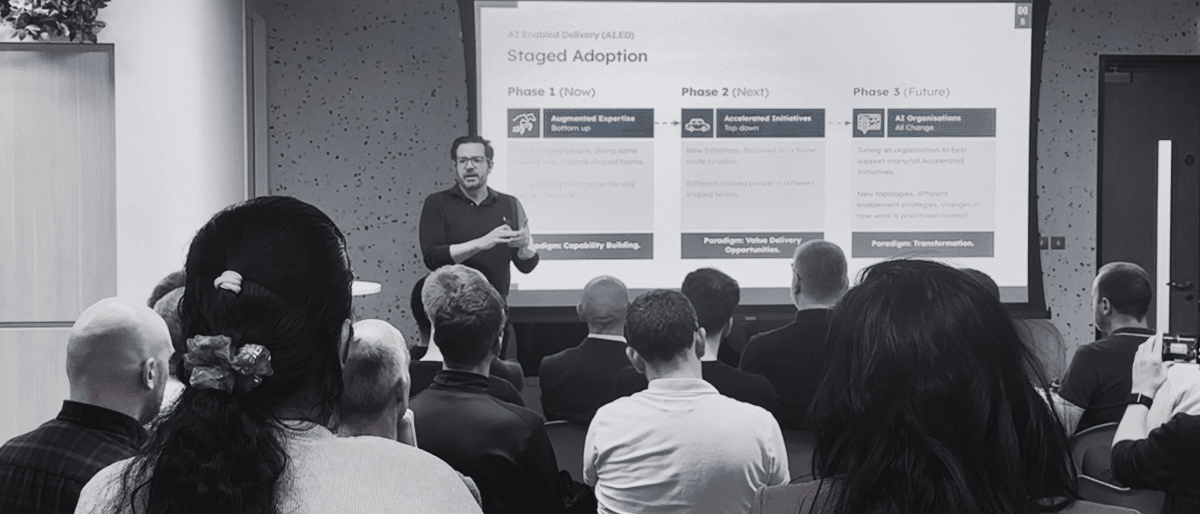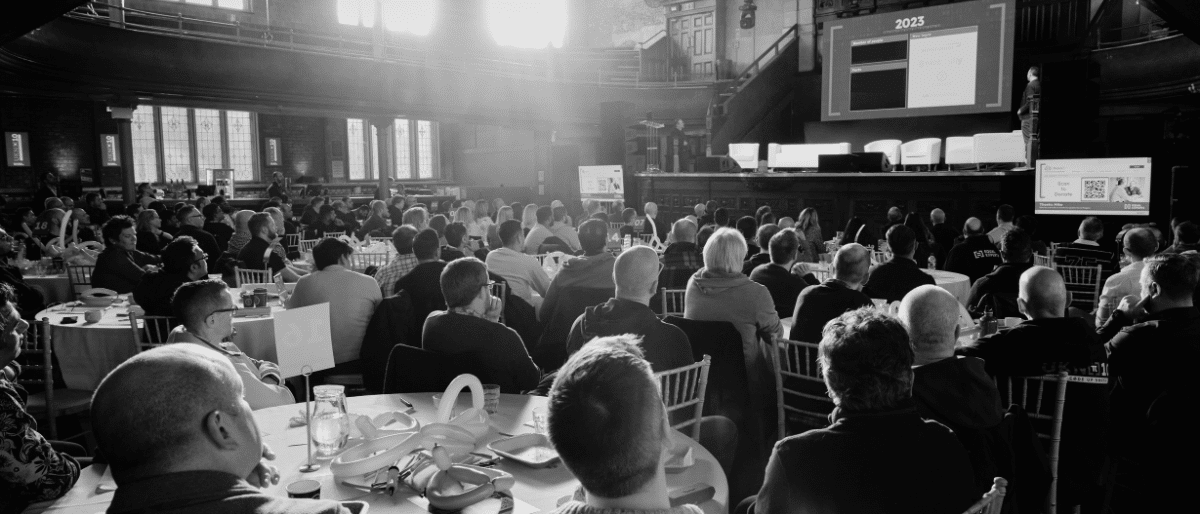Even before remote working became the norm, communication tools like Slack and MS Teams were an important aspect of an organisation’s workflow. But the chances are you’ve all had a frustrating experience or two – here are a few you might recognise, and some strategies to prevent communication tool breakdowns to make sure they’re working for you.
The Rowdy Rabble
How to recognise it: We’ve all been there. So many @here/@channel/!important messages in multiple channels that it’s impossible to know what to prioritise. What do you do when your own message is a priority?
Why it happens: Often what’s missing is a lack of clear guidance from the team or the organisation around what is an appropriate read/response time and when it is/isn’t okay to notify everyone.
Why you should avoid it: Inevitably, people will get alert fatigue and stop paying attention to the actual priority of a message. It’s easy for high-value messages to get lost in the noise.
Avoid it by: Setting expectations upfront as your organisation adopts the tool. Provide guidance on how and when to get people’s attention in specific contexts, and follow up when things go wrong.
The Classified Facility
How to recognise it: People new to an organisation can only join channels by invitation. Communication happens predominantly in private channels and direct messages, and others find it hard to understand the bigger picture or make contact with other teams.
Why it happens: People are trying to stay in their comfort zones by controlling how information is shared. They’re uncomfortable sharing or asking questions publicly.
Why you should avoid it: This is a fast track to knowledge silos and dependencies. When this happens it’s hard to onboard people and get value out of them quickly, and common processes grind to a halt whenever someone is unavailable. Whilst having classified information is occasionally important, restricting all communication makes it very hard for collaboration to happen.
Avoid it by: Defaulting to public communication within the organisation so anyone can see and interact with the conversation. Create public channels using common communication patterns. If you’re in a leadership position, advocate for the benefits of transparency inside the organisation to make sure people know there is no such thing as a ‘silly question’.
The Ghost Town
How to recognise it: Hordes of old channels with no active or recent conversations. When new people join it’s hard for them to onboard, and contribute value quickly because they’re missing current context. (For a new starter, this can often look like The Classified Facility from the outside).
Why it happens: No one prioritised cleaning up after the topic was done, the event finished, or the community moved elsewhere.
Why you should avoid it: The Ghost Town makes it hard for new people to onboard and contribute to active conversations. Posting into the abyss can feel demoralising and reduce the likelihood of someone contributing in the future, as well as depriving others of potentially valuable insight.
Avoid it by: Ensuring that channels have an owner (whether that’s a person or a team) who is responsible and accountable for reading messages and replying. Reshape channels to align to a communication pattern, and where channels align with a topic or a community, nudge members when the conversation becomes inactive to check if it’s still needed. Many tools provide the ability to archive (rather than delete) channels, which ensures you can keep your organisation’s tool tidy and focused on what’s important now, whilst retaining historical information where required.
You could invest in using a tool like Slack Gardener or a similar approach to help reduce the manual effort of tidying up old channels.
The Firehose
How to recognise it: You’ll see only a few channels (maybe even just one) with all communication happening inside them. There’s a regular onslaught of new messages that you’ll struggle to keep up with. Some people will even ignore the tool completely and favour communication elsewhere.
Why it happens: The organisation has yet to work out a clear communication strategy and is using this approach in an attempt to keep everyone together for now.
Why you should avoid it: It can be really easy for people to miss the signal amongst all the noise, whilst also creating an implicit expectation that everyone has to read all the communication. Sustained periods of time in this context can be a contributing factor to burnout due to context switching.
Avoid it by: Determining the relevant communication patterns you want to adopt according to your organisation’s principles. Provide reassurance and guidance to people as they experiment with different patterns until guidelines naturally evolve. Start by reshaping and splitting existing channels and keep people informed on your reasoning to set expectations, including delegating ownership of channels to people and teams.
The Islands
How to recognise it: You’ll find multiple different instances of the tool being used across the organisation by disparate teams. It feels hard to contact people working on different projects, in different departments, or to find communities within the organisation.
Why it happens: Usually this means existing tooling isn’t meeting people’s needs, so they experiment with their own solutions. Alternatively, the organisation may have specific regulatory or legal precedents that require groups within the organisation to keep some pieces of work confidential.
Why you should avoid it: Communication is being siloed in the organisation making it harder for people to understand the bigger picture and what else is happening that might affect their work.
Avoid it by: Providing a central communication tool for everyone that meets their current needs and has consistent patterns to allow people to discover other groups within the organisation. Recognise that those needs will change over time and that new tools may better meet those needs. You’ll need to create alignment amongst budget holders for the chosen tooling and establish clear patterns and expectations on how it should be used.
It’s not what you use, it’s the way that you use it
You can have the best communication tools in the world but they won’t help you if you don’t use them effectively. Hopefully this list of common pitfalls will help you set up your communication patterns to ensure the people in your organisation know everything they need to know, when they need to know it!




